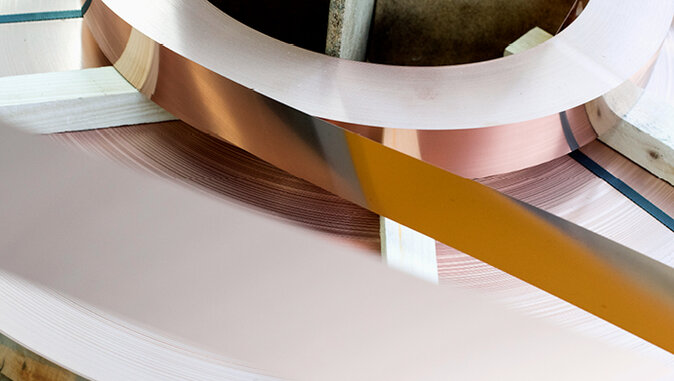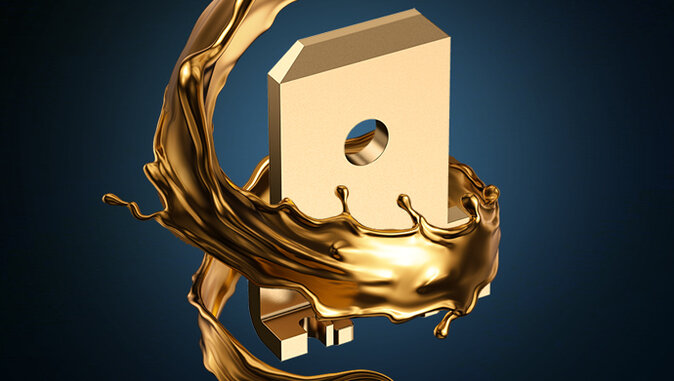main.content

Significance for industrial production
A component with an optimised surface is less susceptible to wear, corrosion or thermal stress. Surface finishing not only improves durability, but also electrical conductivity, which is particularly relevant in connection technology.
Differences between finishing and protection processes
Protection processes are primarily used to protect components against corrosion and wear, for example through painting, passivation or metallic coatings. They are intended to ensure the service life of components under environmental influences.
Refinement processes, on the other hand, pursue functional goals that go beyond this. In electromechanical connection technology, these include the targeted improvement of electrical conductivity, the optimisation of contact transition resistances, defined friction values for mating processes or the achievement of certain degrees of hardness to improve mechanical resilience.

What is electroplating?
Electroplating is a surface technology process in which metallic components are coated with a thin layer of metal. To do this, the workpiece is immersed in an electrolyte bath containing metal ions. When an electric current is applied, these ions are deposited as a solid metal layer on the surface of the component.
How electroplating works
The component acts as a cathode (negative pole), while an anode (positive pole) consists of the coating metal. The electric current ensures that metal ions migrate from the anode through an electrolyte to the cathode, where they are deposited evenly. This creates precisely controllable layers that are used either for protection, to improve technical properties such as electrical conductivity, or for decorative purposes.
Applications in an industrial context
Whether in electronics, mechanical engineering or medical technology - electroplating processes are used wherever high demands are placed on the surface, function and appearance.
Surface finishing process
-

Vibratory grinding
In mass finishing, the component is processed together with abrasive media in a rotating drum. The process smoothes sharp edges and ensures even surfaces. In series production in particular, it improves the accuracy of fit and reduces the risk of damage caused by burrs.
-

Heat treatment
Properties such as hardness, elasticity or electrical conductivity can be improved through targeted heat treatments. This can be particularly important for conductive fasteners in order to achieve maximum efficiency.
-

3D printing as a supplement
Additive manufacturing using 3D printing is ideal for small series and prototypes. Rapid testing allows functional models to be adapted and optimised before series production.
-
Galvanic coating techniques at a glance
Tin plating, nickel plating, silver plating and gold plating
Electroplating offers a variety of coating processes, depending on the required surface properties.
- Tin plating is often used to protect electrical contacts from oxidation and to ensure good solderability.
- In addition to corrosion protection, nickel plating also offers increased hardness and can act as a diffusion barrier.
- Silver plating primarily improves electrical conductivity and is important in high-frequency technology and contact technology.
- Gold plating ensures excellent corrosion resistance and permanently low contact resistance, especially in demanding electrical connections.
-
Design-for-Manufacturing (DFM) and surface finishing
Surface coating in the context of DFM
DFM takes all relevant manufacturing processes into account right from the design phase, including galvanic surface finishing. This means that components are designed in such a way that they can be electroplated reliably and economically without the need for time-consuming reworking or adjustments in the subsequent production process.
Reduction of reworking through early planning
Incorporating electroplating requirements into the product design at an early stage minimises unnecessary reworking. For example, geometries can be designed in such a way that the plating current is evenly distributed or wedging of the components in relation to each other is reduced and efficient utilisation of the plating systems is ensured.
This ensures that the desired coating properties - such as coating thickness, adhesive strength or electrical conductivity - can be reproducibly achieved in series.
